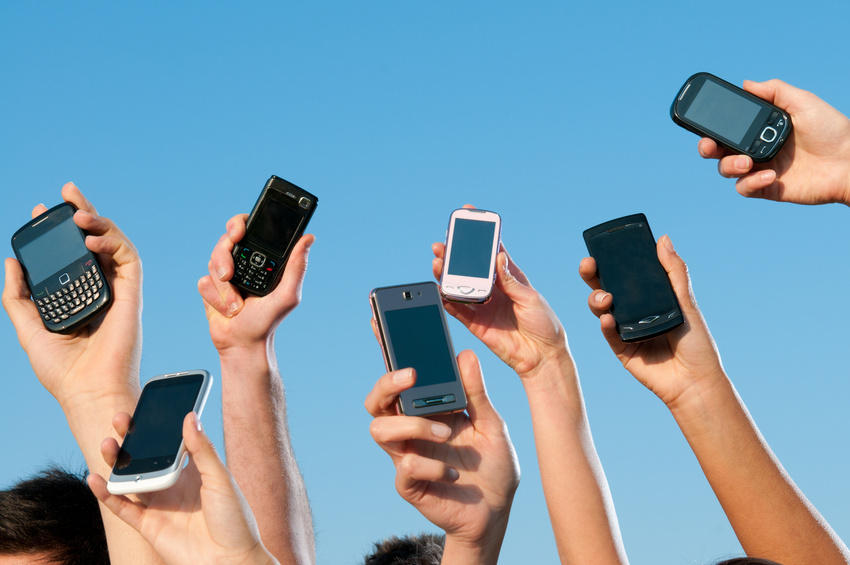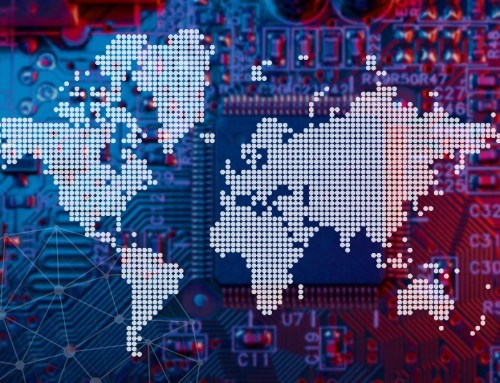The smartphone debate has been going on for years with no end in sight – the million dollar question . . . What kind of smartphone should you get – Blackberry, iOS, Windows Mobile, Android, or Symbian? In this blog we are going to compare the two market leaders Apple’s iOS and Google’s Android since they account for 85 percent of the worldwide smartphone market, according to research firm IDC. As of September 2012 Android has 68.1 percent, with Apple a distant second at 18.8 percent. The interesting part is how different these two industry giants go to market.
For years, Apple sold iOS devices exclusively though AT&T, but in the spring of 2011 they opened the doors to additional carriers – further fueling the already sought after smartphone! This was, by no means, an off-the-cuff move by Apple because they were already seeing market share being taken away by Google’s Android devices. In comparison, Android was built as an open source phone operating system which would run on devices from multiple manufacturers across multiple carriers. Although, the first Android phone, the HTC Dream, was released in October of 2008, it wasn’t until early 2010 that Android really started to take a stake in market share.
Having used many devices running both iOS and Android, we have found that basic smartphone functions work on both operating systems, so we’re not going to get into a feature by feature comparison. On one hand you have iOS devices, which both hardware and software is controlled by Apple so everything “Just Works”. This means that there is a standard interface and configuration from device to device. Standard tasks, such as setting up an email account, haven’t changed since the original iPhone, released in January 2007. This makes the iPhone very user friendly. On the other hand you have Android devices, which both hardware and software are open for device manufacturers to tweak to their liking. Standard tasks, such as setting up an email account, can be quite different due to the manufacturer’s interpretation of the operating system. Many times, picking up a new device feels like you are using an entirely different user interface, even though both are built on Android.
One can argue the benefits of either, but for us it boils down to a few facts. As mentioned earlier, an iPhone “Just Works”, has a very universal interface across devices, and is a rock solid performer; however, the new phone releases do not feel very innovative because of this. Furthermore, Apple has not given users any choices when it comes to hardware feature sets such as screen size, camera functionality, etc. Therefore, in the area of innovativeness, Android takes the cake – hands down. With features such as NFC (Near Field Communication for apps like Google Wallet) and Smart Stay (keeps device active when you are looking at the screen), its hard to argue with Google’s open interface. Furthermore, with the plethora of manufacturers on board with Android, there are phone options for any user. To put it bluntly, if you cannot find an Android device that suits you, you probably don’t need a smartphone! The user interface differences are minimal and most technologically average people are able to work through them.
At the end of the day, it really boils down to what you are comfortable with as an end user. Some like the status symbol that comes with owning an Apple iPhone, and others like the innovative features that come with an Android device. For us, we like the variety and will likely continue to play in both markets! And if push comes to shove, as Apple would say, “There’s an App for that!”







